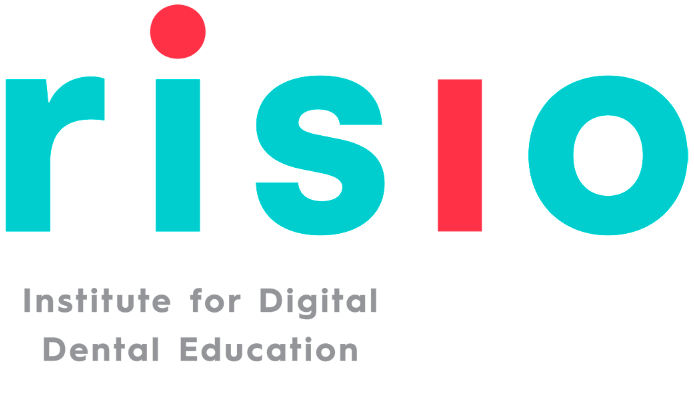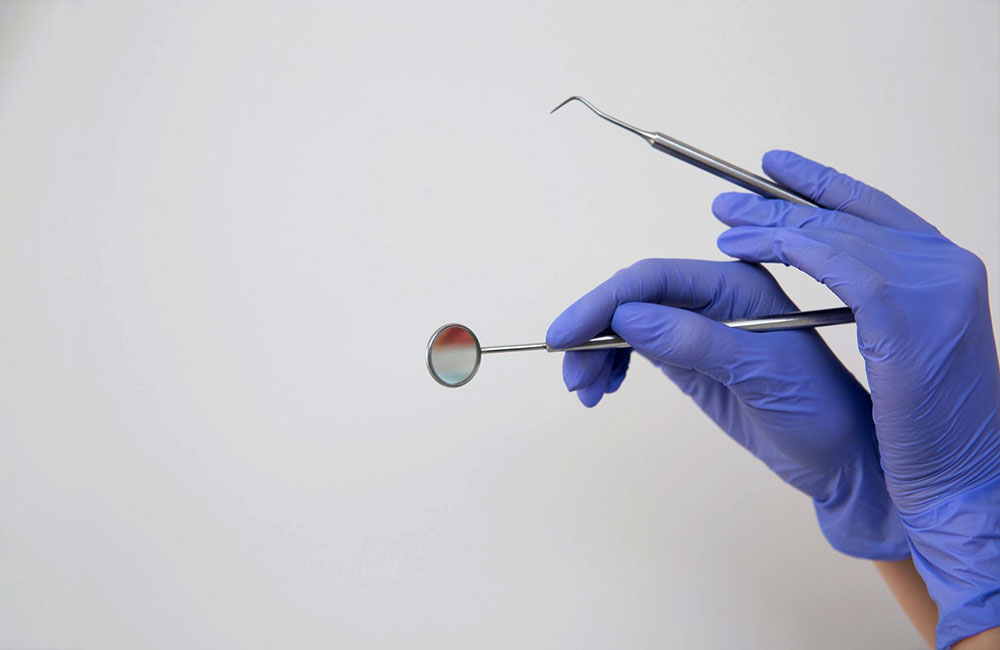Dental assistants are responsible for many of the essential everyday tasks in the practices where they work, which means they need to know how to use a wide range of instruments, equipment, and instruments. If you’re thinking about a career in dental assisting, you’ll want to be familiar with these tools and know something about how they function so you’ll be prepared to start using them during your training.
Risio’s dental assistant training program can give you plenty of hands-on experience with the tools you’ll need for the rest of your career. Below, we’ve used our firsthand knowledge and expertise to put together a list of the most important ones—read on and find out what to expect.
See also:
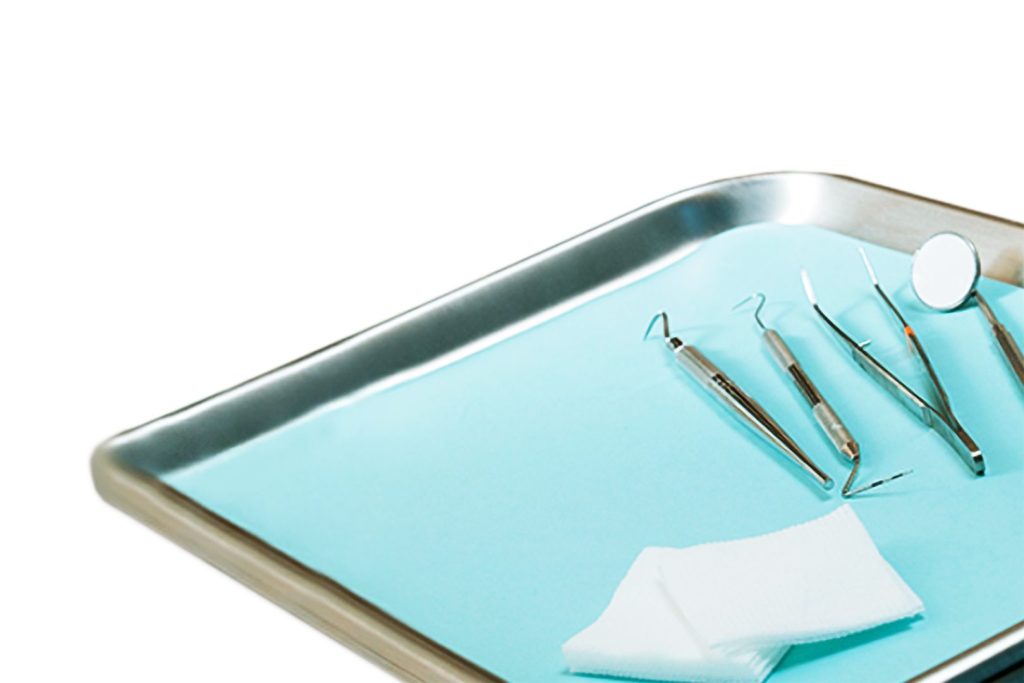
Dental Trays
These sterile trays are literally the foundation of any dental assistant’s work, since they’re where many of the other supplies and instruments will be located during a given appointment. As a dental assistant in training, you’ll learn all about how to prepare trays differently for a wide variety of common procedures, sterilizing and laying out the appropriate instruments for each one.
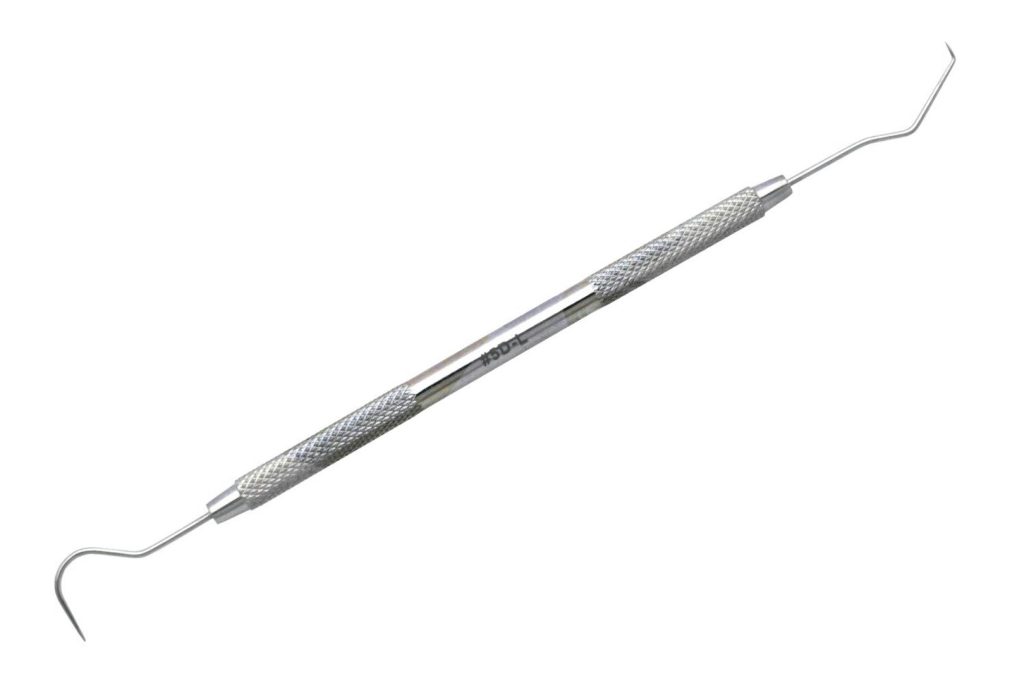
Dental Explorers
Also referred to as sickle probes, these small handheld instruments are made up of a metal handle and a small hook at each end. When training to become a dental assistant, you’ll learn how to use these instruments to gently but effectively check the surface of a patient’s teeth for potential defects, like small fractures or exposed pulp.
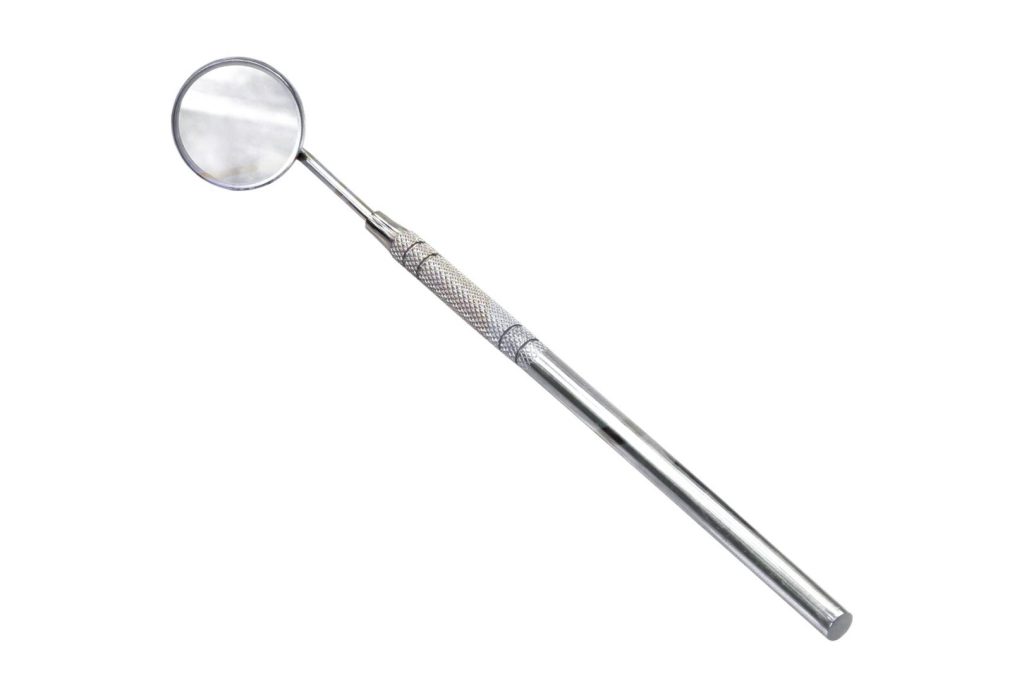
Dental Mirrors
These handheld instruments are shaped similarly to dental explorers, but have small mirrors on the end instead of metal hooks. They provide visual information about a patient’s teeth, as opposed to the tactile information a sickle probe provides. While training, you’ll learn how to hold and angle dental mirrors properly to get a good look at the areas of concern for a given patient.
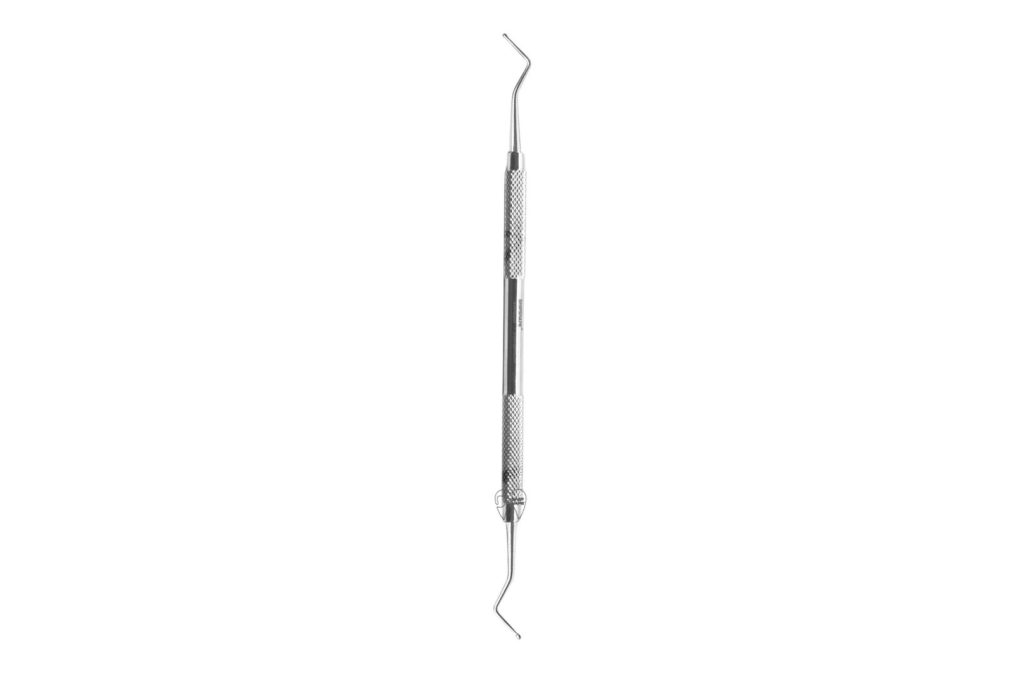
Dental Burnishers
After tooth restorations, a dental burnisher must be used to smooth out the amalgam used to fill in the cavity. In addition to learning how to use the burnisher yourself, you’ll still need to learn how to prepare and sterilize it properly so you can hand it off to the dentist when they need it.
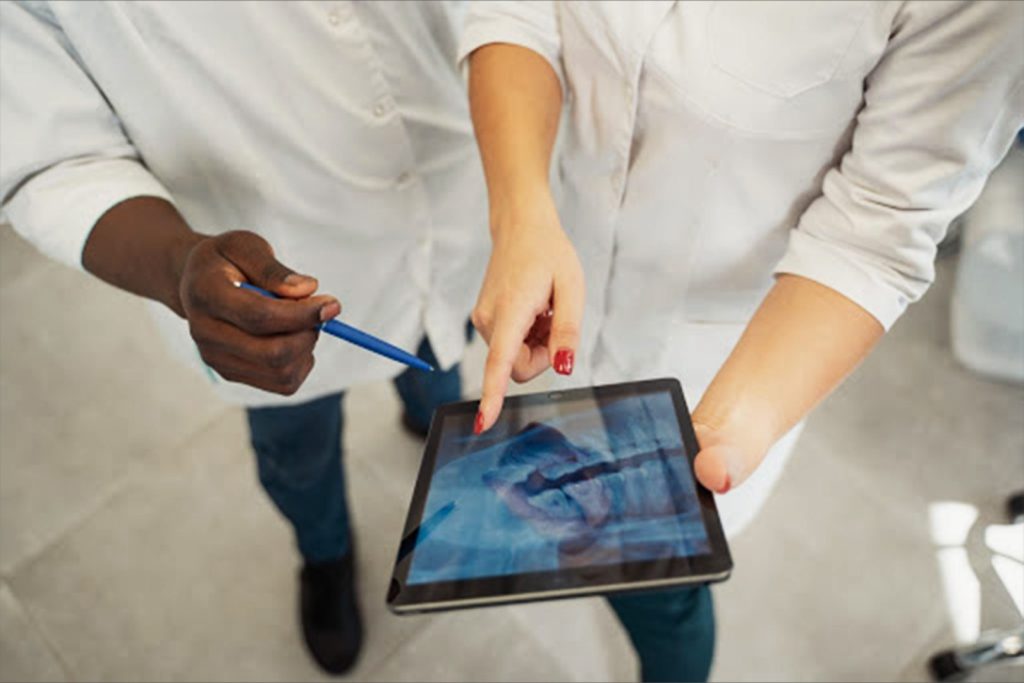
X-Rays
Taking X-rays will be a vital part of your work as a dental assistant, and you’ll also need to know how to prepare patients for them. As a dental assistant, you’ll need to know how to take various different kinds of X-rays, including:
Bitewing X-Rays
Bitewings are a type of X-ray sensor placed in the mouth to show the area above a patient’s gum line. You’ll need to know how to place the bitewings to ensure a clear view of the area in question, then instruct the patient to bite down on the tabs that hold them in place as you take the X-ray.
Full X-Rays
Full sets of X-rays show all of a patient’s teeth, plus the bone that surrounds them. Taking a full set of X-rays usually involves placing between 14 and 20 digital sensors inside the patient’s mouth, so dental assistants have to learn how to make sure each piece is placed properly for maximum efficiency.
Periapical
These X-rays are like close-ups—they’re taken to show details in specific areas of concern. During your training, you’ll learn how to place the digital sensors appropriately to make these images clear and useful to the dentist.
Panorex
This X-ray technology does not require you to place a sensor inside a patient’s mouth, but it does require you to operate a machine that rotates around the patient’s head to produce a single complete image of their teeth and jaws.
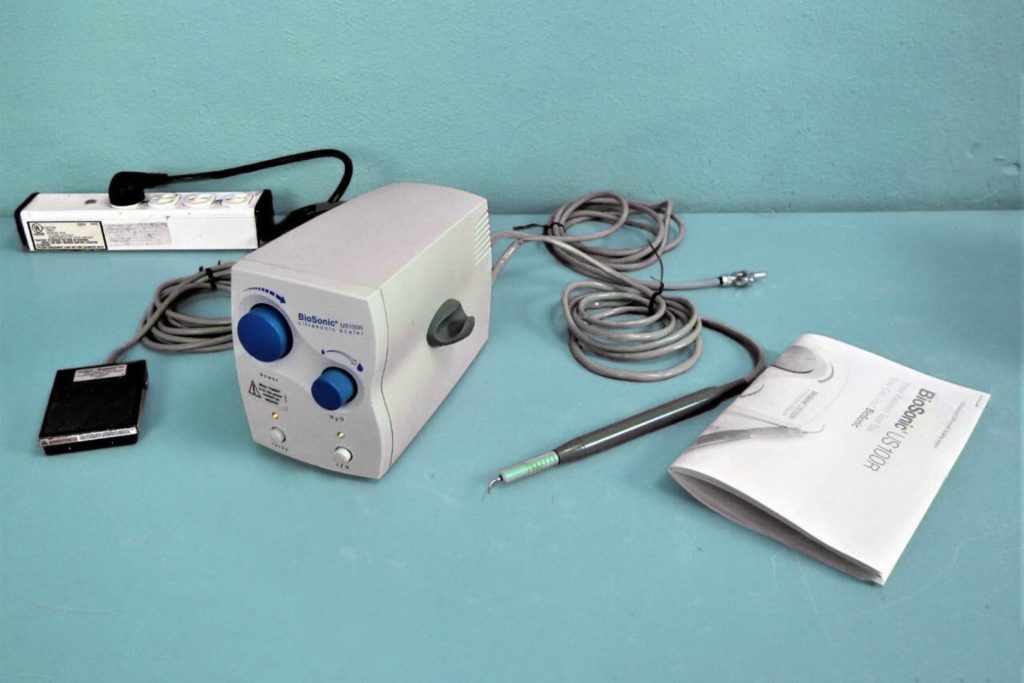
Ultrasonic Cleaners
Ultrasonic cleaners or polishers produce high-frequency sound waves that can be used in conjunction with a cleaning solution to remove debris and contaminants from the surface of a patient’s teeth. Dental assistants don’t use these themselves—that’s a dental hygienist’s job—but you’ll still need to learn how to clean, sterilize, and prepare them for use.
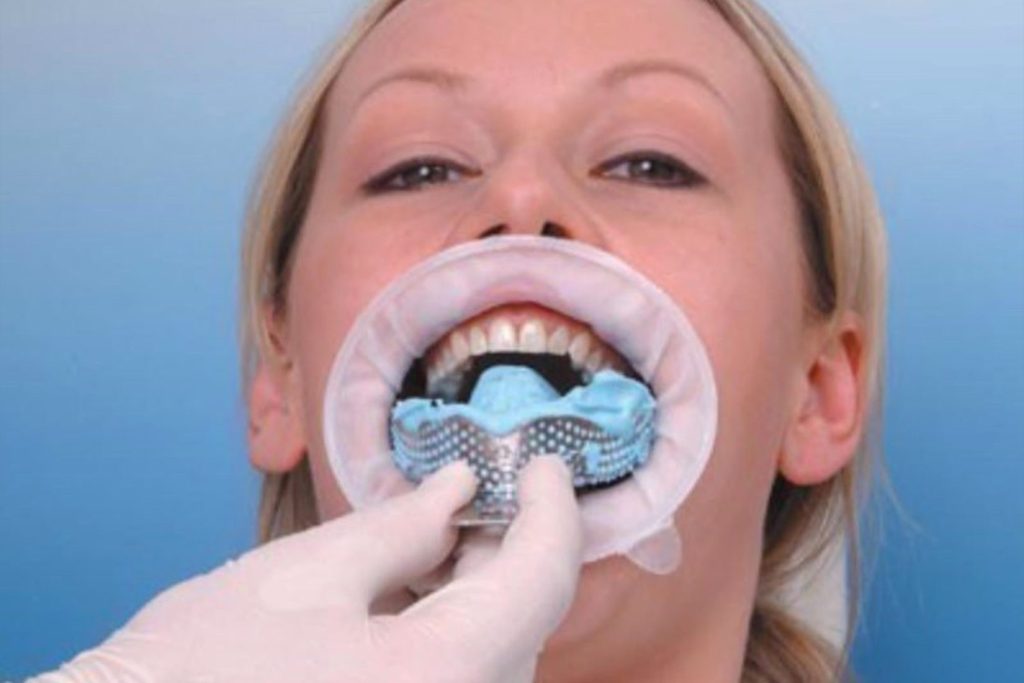
Impressions
These trays must be filled with putty (called alginate) and placed strategically over a patient’s teeth in order to create accurate dental impressions. Dental assistants must learn all about how to clean and sterilize these trays before and after appointments, as well as how to size them for each patient and position them properly in the mouth when they need to be used.
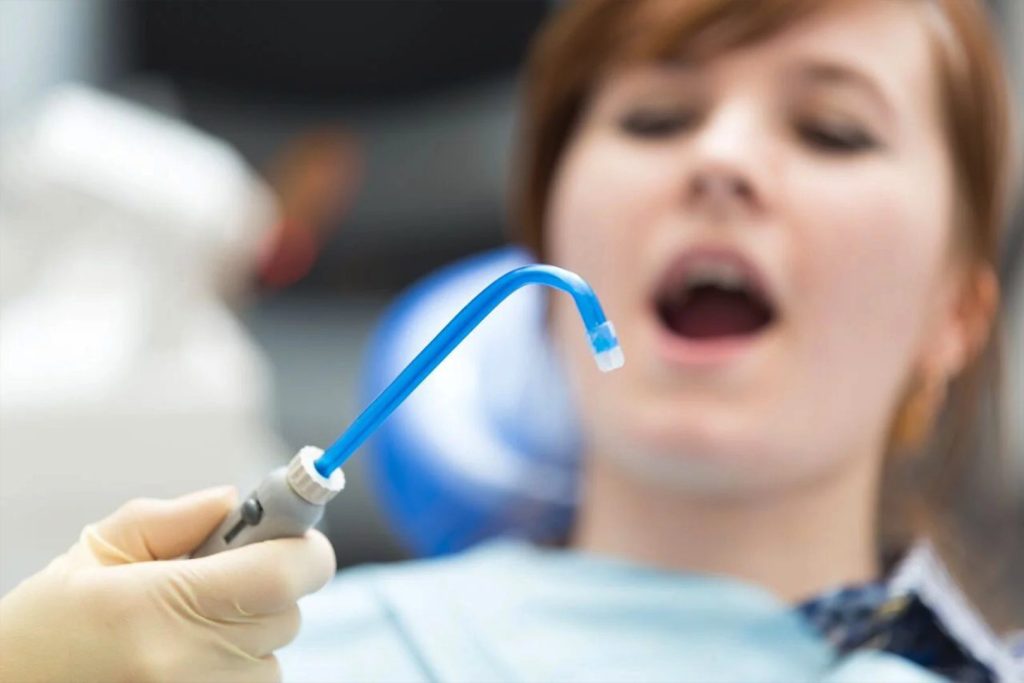
Suction Devices
These devices are used to remove excess saliva, air, and other materials from inside a patient’s mouth. They are used during cleanings, after impressions have been taken, and during various oral surgeries or cosmetic treatments. Suction devices help keep the patient’s mouth clean and dry.
Learn More about the Tools You’ll Use in Your Career
Dental assisting includes many important responsibilities, so knowing how to use the proper tools is invaluable. Now that you’ve seen some of the instruments and pieces of equipment you’ll need to use in your work as a dental assistant, it’s time to learn more about how Risio can prepare you for this exciting and rewarding career. Contact us to have your questions answered, or take our free online course and start developing the knowledge you’ll need to succeed.
